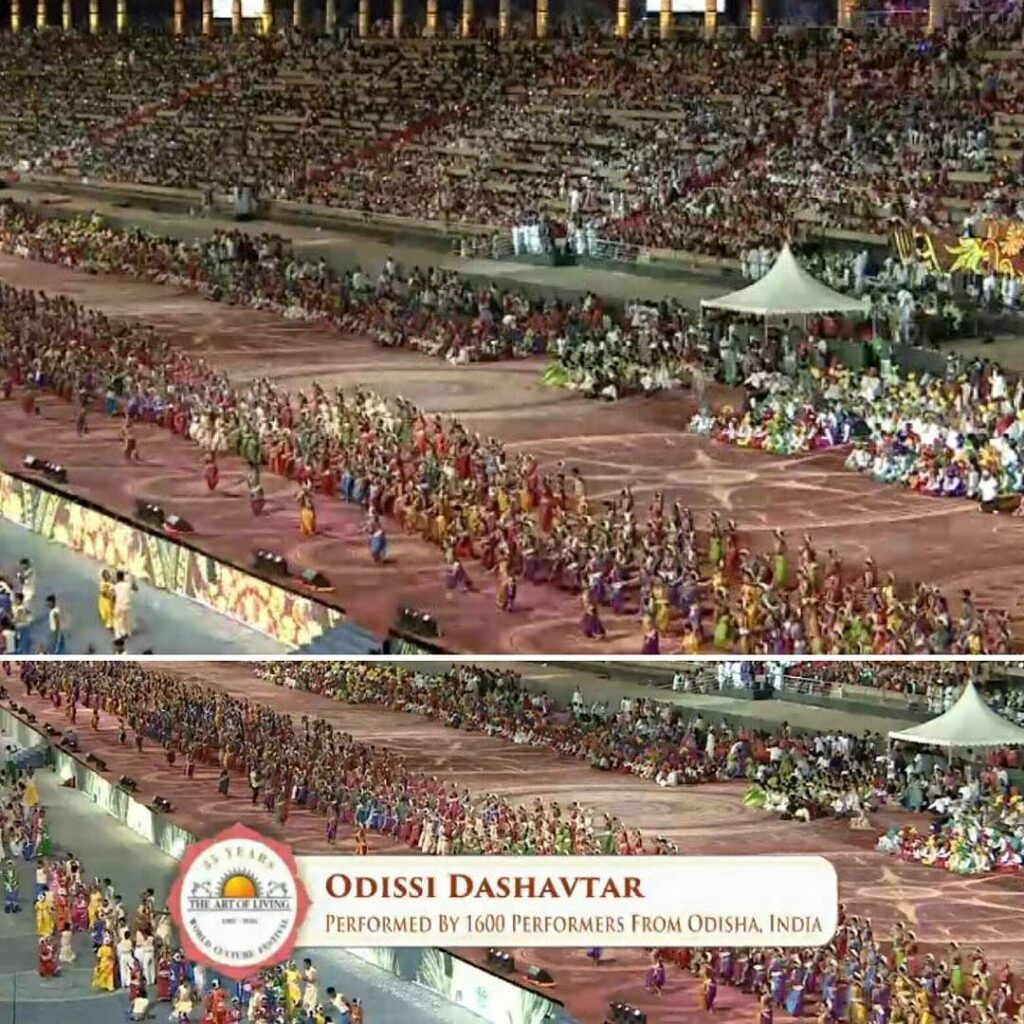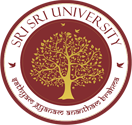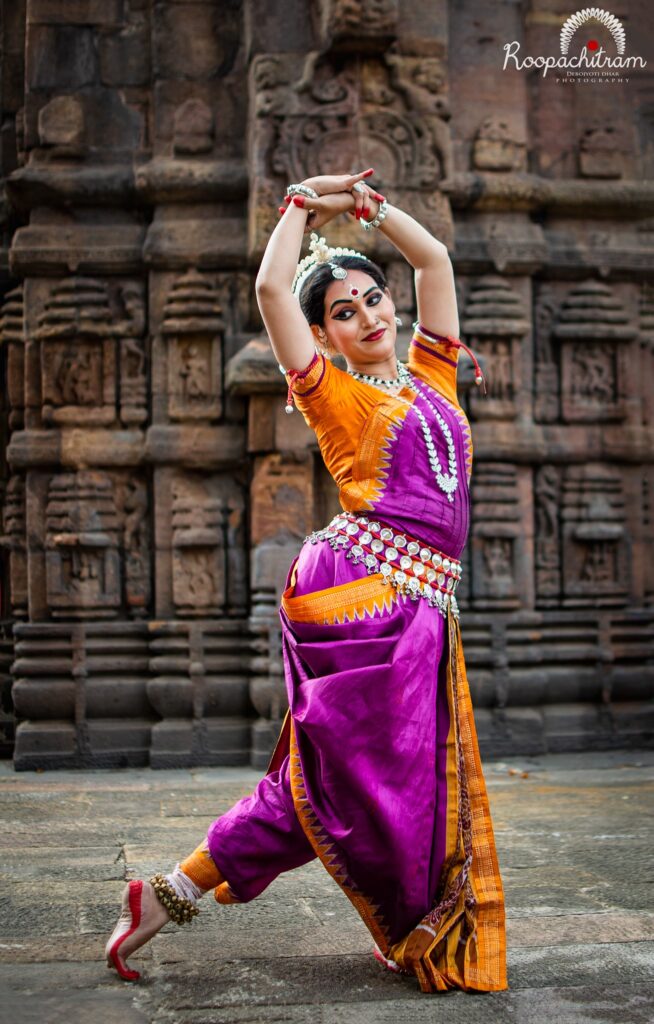RECENT BLOG ARTICLES
Courses & Careers
The Odyssey of Odissi
Apr 29, 2022
By: University Blog Team
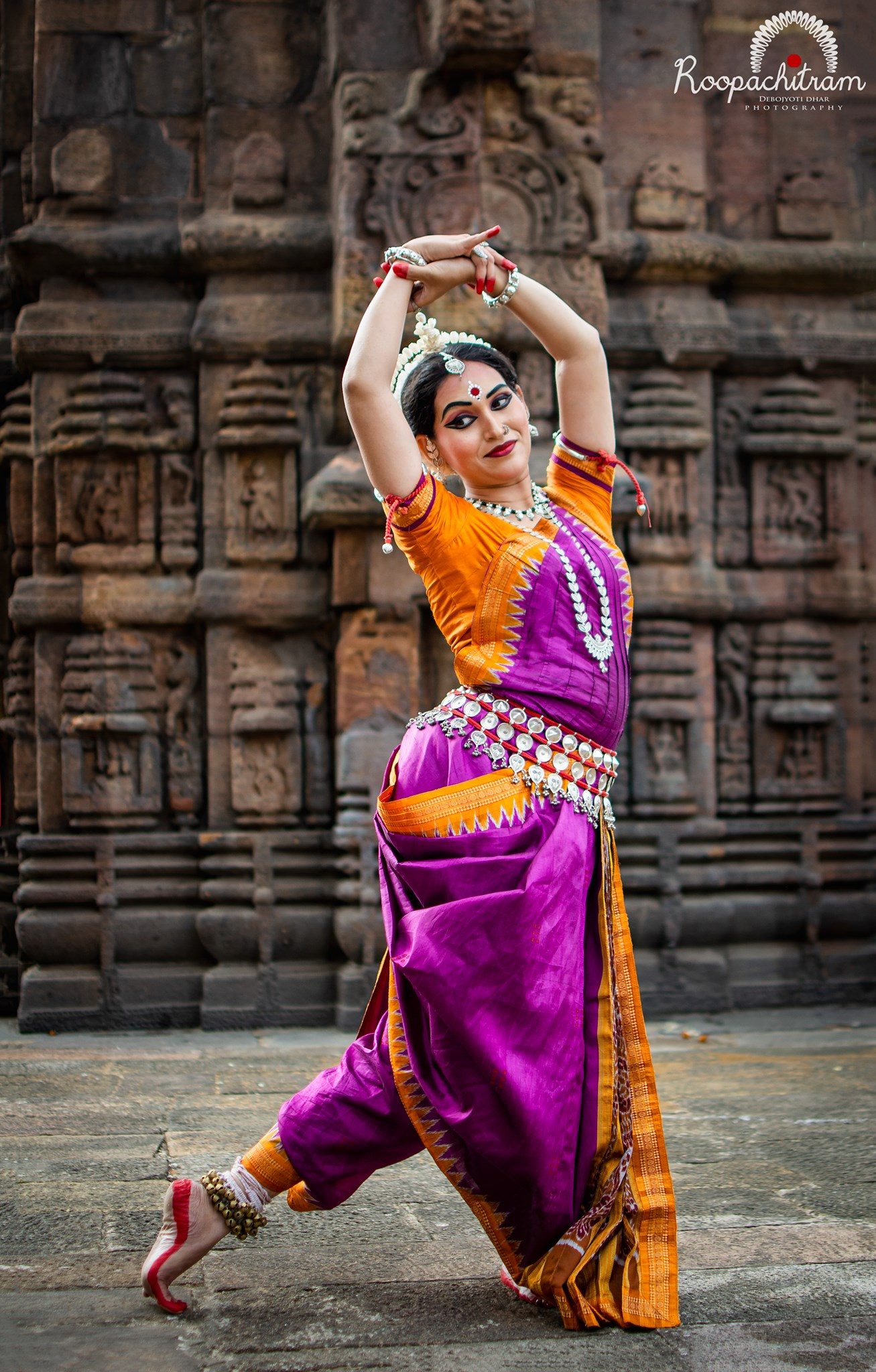
Odissi is a dance-drama that finds its inception in Natya Shastra by Bharatmuni. It expresses themes, stories, and spiritual ideas related particularly to Vaishnavism but Shaivism and Shaktism also find their place in Odissi. The expressions of Odissi danceform can be seen carved on many Hindu, Buddhist and Jain architecture of Ancient India. Odissi was primarily performed by group of women but in 14th century the king of Khorda introduced Gotipua tradition in Odissi which aimed at training males in martial arts. This expanded Odissi to male performers. Odissi performers adorned in distinguished costume sets tell stories through their abhinayas and mudras. It forms a composite of basic dance motif called the Bhangas. Odissi involves both nritya(dance) and natya(drama) and it always climaxes at moksha allegorical of spiritual release.
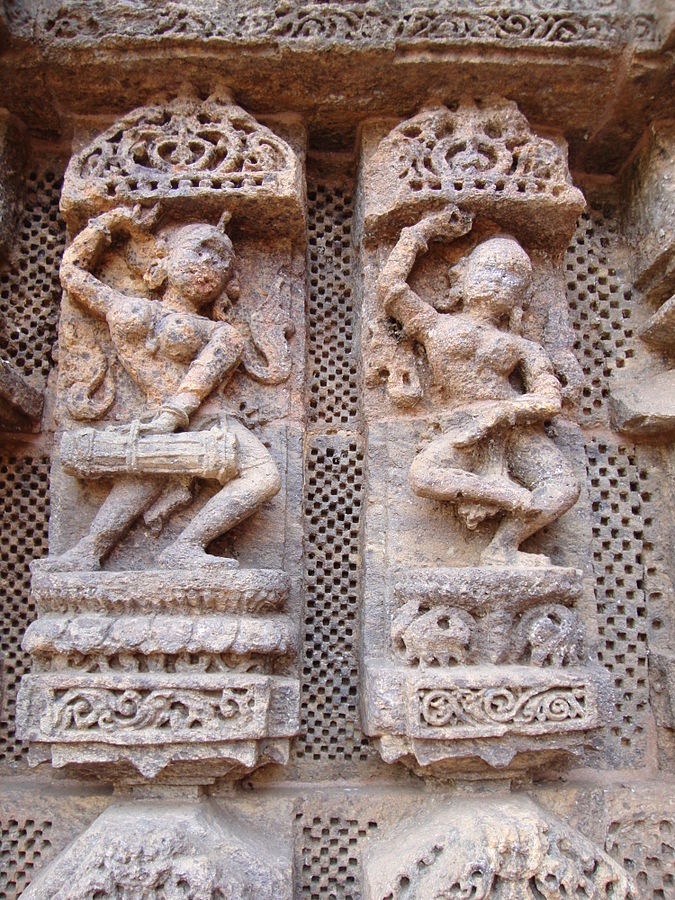
In late medieval times, Odissi came into decline due to Mughal Invasions. During the Mughal Era, Odissi dancers were exploited and taken to the Mughal courts for performance and were associated with concubinage to the nobility. Later in the British Era, the British officers ridiculed the temple traditions and made various derogatory remarks against Odissi in their writings. Christian missionaries on other hand launched a series of sustained assaults on all temple dance forms and Odissi fell into vexed moral purgatory in colonial literature.
After Independence Odissi was revived by Kelucharan Mohapatra, Pankaj Charan Das, Deba Prasad Das and Raghunath Dutta who worked for the emancipation of Odissi by doing heavy research to reconstruct it. The first performance of Contemporary Odissi was performed by Laximipriya Mohapatra in the Annapurna Theatre in Cuttack in 1948. Although Odissi existed as a performing art it’s distinguished naming as ‘Odissi’ was assigned in 1955 by Kalicharan Pattnayak, a legendary poet, dramatist and performer of Odisha. With sustained efforts of these individuals in 1964, Odissi dance was accorded ‘classical dance’ status by the Central Government. Sanjukta Panigrahi, Kumkum Mohanty and Sonal Mansingh are three disciples of Kelucharan Mohapatra that further popularized Odissi dance in India and abroad. Kelucharan Mohapatra received Padma Shri, Padma Bushan and became the first Odiya to receive Padma Vibhushan for his contribution to the revival and emancipation of Odissi.
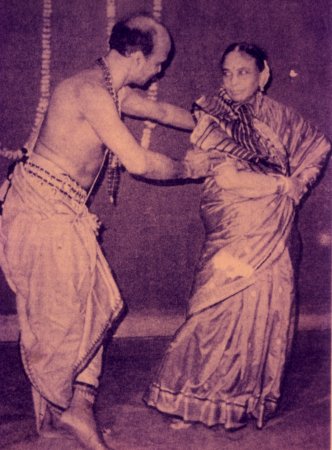
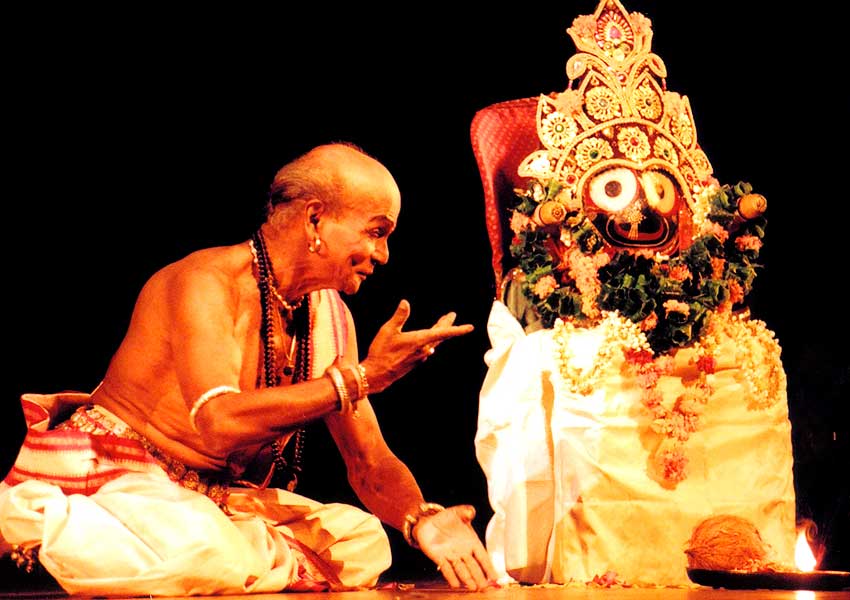
The modern scion of Odissi is Guru Ratikant Mohapatra son of legendary Odyssey dancers Kelucharan Mohapatra and Laxmipriya Mohapatra. A recipient of the Sangeet Natak Akademi Award he is a sensation in the current Odisha scene. He also serves as Dean of the Faculty of Arts, Communication, and Indic Studies at #SriSriU. Under his aegis, we run BPA and MPA Odissi programs at our university.
In 2016 at the World Cultural Festival organized by The Art of Living more than 1600 Odissi dancers performed at the same time making it the largest congregation of Odissi dancers in the history of Odissi.
